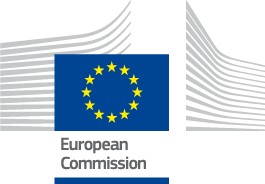The coastal area of Slovenia includes the coastal part of four municipalities: Ankaran, Izola, Koper, Piran, which border the Gulf of Trieste in the northernmost part of the Adriatic Sea. The Slovenian coastline measures only 46.6 km and the total value of the catch here represents only 0.01% of national GDP. However, the fishing sector is very important for the area’s economy and the preservation of workplaces, culture, traditions and local identity.

